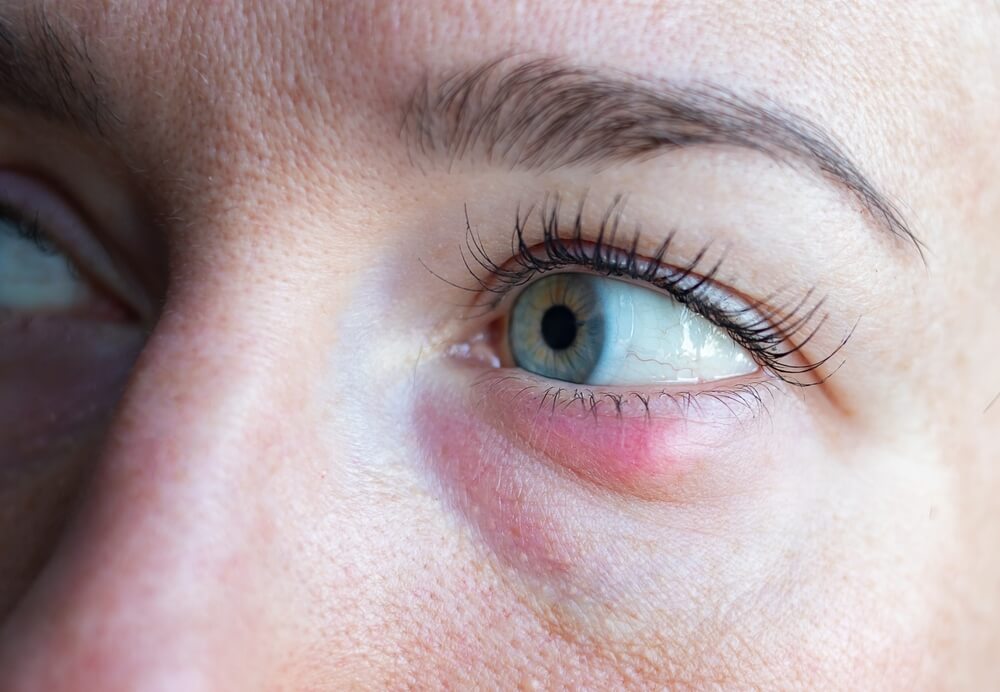A stye can be painful, irritating, and unsightly. When it shows no head, confusion often follows. People want relief. They want to understand what’s happening. A stye without a head (ตา กุ้งยิง ไม่มี หัว, which is the term in Thai)) behaves differently and calls for care that is both patient and precise.
What Exactly Is a Stye Without a Head?
A stye is an infection in the oil glands near the eyelashes. Usually, it swells and forms a head—like a small pimple—then bursts or drains. But sometimes, it stays beneath the skin. This is what’s referred to as a stye without a head. It’s firm to the touch. Red. Sore. But it doesn’t erupt.
This can happen when the infection is deep or if it’s caught early. In some cases, it resembles a chalazion, which is a blocked gland rather than an active infection.
Why It Shouldn’t Be Popped
There’s a strong urge to squeeze it. That’s human nature. But doing so causes more harm than good. The pressure may push bacteria deeper into the eyelid, causing a worse infection or spreading it. Popping it may also damage the delicate eye area.
Instead, the body needs time. Heat can help.
Safe Steps for Home Relief
To ease pain and speed healing, consider these proven methods:
- Warm compress: Apply a clean, warm (not hot) cloth to the eyelid for 10–15 minutes, 3–5 times a day. It encourages drainage and reduces swelling.
- Gentle cleansing: Use a mild baby shampoo diluted with water to clean the eyelid margin.
- Avoid makeup and lenses: Let the eye breathe. Skip mascara and contact lenses until the stye heals.
- Do not squeeze: It cannot be stressed enough. Let nature take its course.
When Medical Help Is Necessary
Sometimes, a style lingers. It grows larger. It becomes more painful or affects vision. In such cases, professional care is crucial. Doctors may prescribe antibiotic ointments or drops. If it forms into a chalazion or resists treatment, a minor surgical procedure can drain it.
Signs to watch out for include:
- Vision changes
- Severe swelling or redness spreading across the eyelid
- Recurring styes in the same area
- No improvement after 7–10 days of home care
How to Prevent Future Styes
Styes thrive in blocked oil glands. Preventing them means keeping the eyelid area clean and healthy.
- Wash hands often and avoid touching the eyes
- Remove makeup before bed
- Clean eyelids regularly, especially for those with oily skin or blepharitis
- Replace old cosmetics, especially mascara and eyeliner
Conclusion
A stye without a head may feel stubborn, but it isn’t untreatable. With the right care and a bit of patience, it fades. What’s essential is not to rush it or poke at it. Instead, trust warm compresses, hygiene, and medical guidance when needed. Eyes are delicate. They deserve gentle attention.

